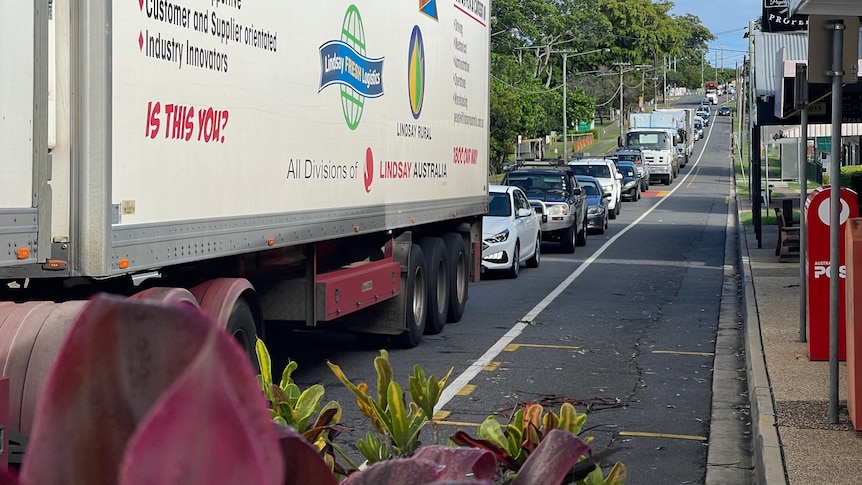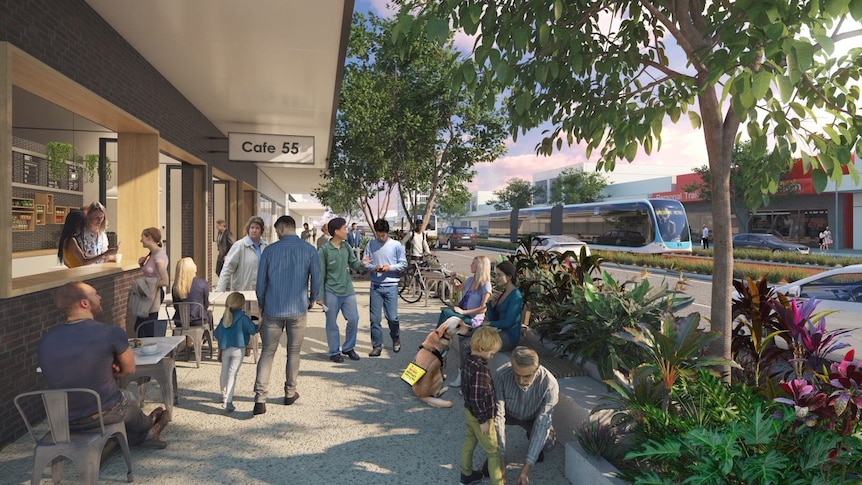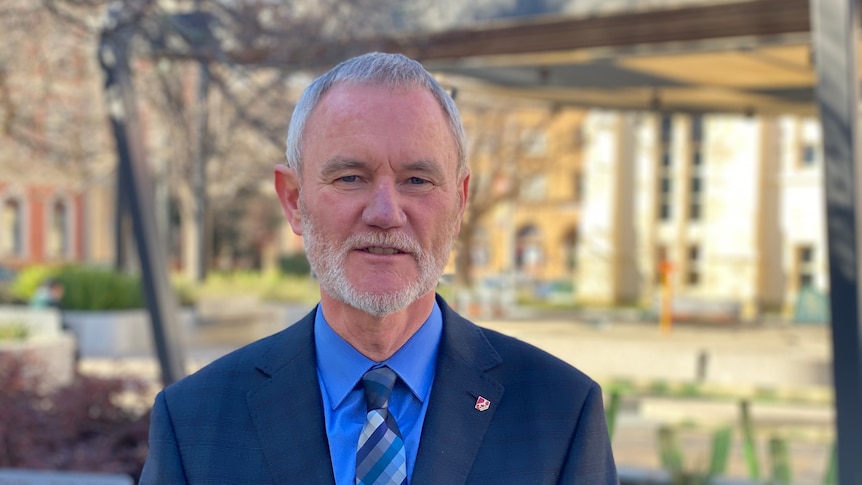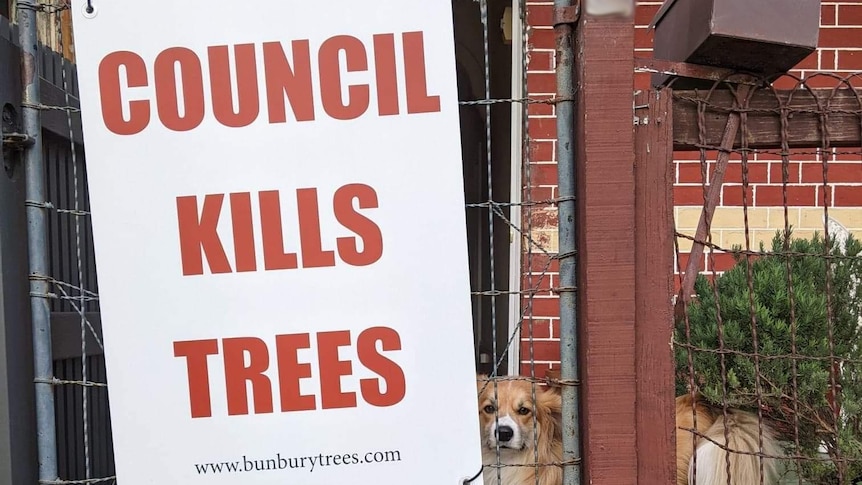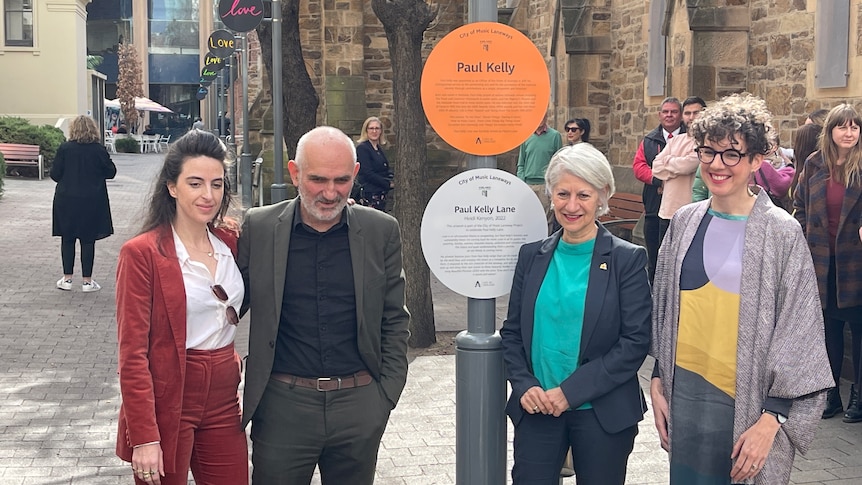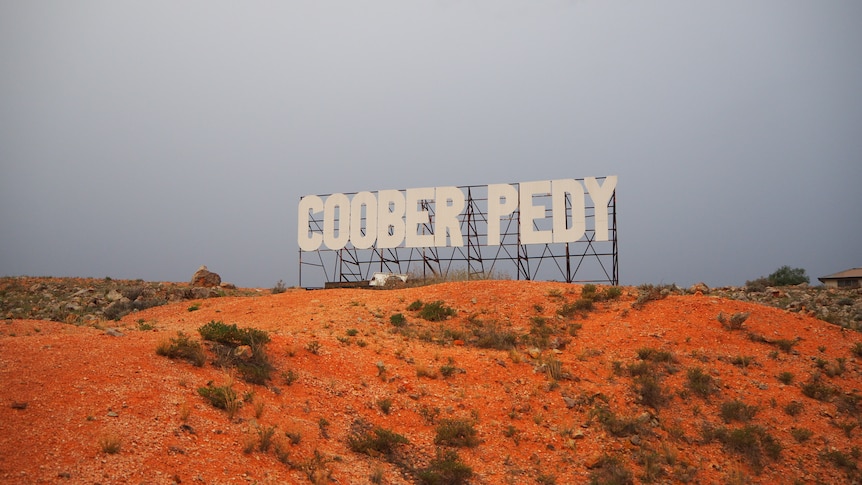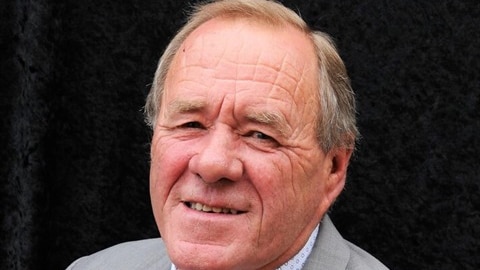Queensland’s Transport Minister has described Brisbane City Council’s latest vision for a new toll road to relieve congestion in the city’s north-west as a “feeble fantasy” and a “farce”.
Key points:
- A study into solutions for Brisbane’s north-west transport corridor has drawn a fierce reaction from the Queensland government
- Brisbane City Council conducted the study which recommends two tunnels
- Transport Minister Mark Bailey says the state wasn’t consulted on the study
The six-lane tunnel, which would run between Bald Hills and connect with the Airport Link at Kedron, was part of the outcome of a $10 million federally-funded study undertaken over two years by the council.
It found northern Brisbane’s annual congestion and public transport crowding was costing $312 million per year.
That would rise to $538.5m by 2031 and $859m by 2041.
The study found significant community opposition towards any surface road or rail development through the North West Transport Corridor, which had been reserved by the state government since the 1980s.
But Transport and Main Roads Minister Mark Bailey said the major toll road had been costed with “no funding, no consultation with other levels of government, and no idea how to fix congestion.”
He also criticized the council’s decision to cut projects in its June budget, citing the cost of rebuilding from February’s floods, yet unveil billions of dollars in new road infrastructure via the north-west transport study.
“Only a month ago, Lord Mayor Adrian Schrinner was saying the council was broke and had to cut a lot of projects citywide and now they have a plan to spend $25 billion on new tollways and motorways,” Mr Bailey said.
“It is very clear this tired 20-year-old council is out of touch and out of ideas.
“Recently, Lord Mayor Adrian Schrinner cut the North Brisbane Bikeway, cut upgrades to Mowbray Park, and refused to pay a fair share for the Cooper Plains level crossing removal because they are so broke, and yet here he is spending like a drunken sailor with his ridiculous $14 billion toll road plan.
“The state government had no input into the study that was funded by the former Morrison Government despite the state government owning the corridor which shows what a farce this announcement is.
“The immediate focus should be on upgrading services on Gympie Road, which we are already doing through the $72 million Northern Transitway project which we are fully funded.
“The study entirely ignores that project.
“Tell the Lord Mayor he is dreaming.”
‘Doing nothing not an option’
Yet, Cr Schrinner said the council had “done some planning work to assist” in reducing congestion in a burgeoning part of the city.
He also hit back at the state for setting aside land and not using it to improve transport networks.
“We’re concerned about what we see as a black hole for investment for infrastructure from the state government for the north-west suburbs,” Cr Schrinner said.
“That land was intended to be a transport corridor yet it has disappeared from any infrastructure plans and residents are asking what is going to happen in the north-western suburbs. The area is growing and there are no plans from the state government coming out.
“Doing nothing is simply not an option.”
Cr Schrinner also defended suggestions tunnels could fix the area’s woes and said that option would preserve a large tract of bushland which was home to native flora and fauna.
“The corridor that was set aside years ago has really healthy depth of wildlife,” he said.
“And so our investigation identified that any solutions to transport challenges in that part of the world should be underground, not as surface, not using the surface corridor, not bulldozing bushland, not putting threatened species at risk but going underground
“Whether it is train tunnels, motorway tunnels, or a new bus rapid transport system, using the metro buses up Gympie Rd.”
Accusations of council’s ‘secret plan’
The Lord Mayor faced more criticism from the Labor Opposition and state government for allegedly going back on a promise not to build more toll roads in the city.
Both Mr Bailey and Brisbane City Council Labor leader Jared Cassidy said reports showed road options would be tolled.
“Before the 2020 election Adrian Schrinner ducked questions about a northside toll road but now his secret plan has been revealed,” Mr Bailey said.
Cr Cassidy said the LNP council had done a “backflip”.
“It is there in black and white – that the North West motorway will have tolled options considered,” he said.
“This plan is meant to be a missing link for the motorway network – but this council is missing the mark.”
Describing the allegations as a “scare campaign”, Cr Schrinner said planning for the north-west had been left “too long”.
“We know there won’t be any roads or infrastructure if it’s left to the Labor party,” he said.
“We’re looking at real solutions. This report identifies multiple options to improve the transport infrastructure in the north west suburbs.”
The report would now go to the state and federal government and Infrastructure Australia for review.
.
